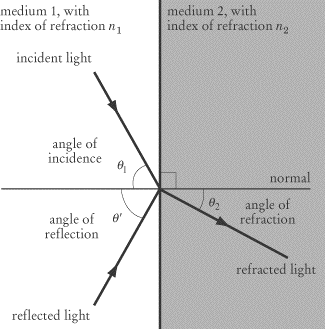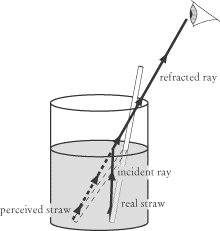batches_brew
Well-Known Member
Racked to secondary.

It seems a little dark but it looked amberish in the glass.
OG 1.045 now 1.012.
I tasted the sample and it was amazing. Definite banana esters If it gets better from here, ah man, it will be good.
My only fear is secondary contamination, but I scrubed it well, then sanitized it so it should be good.


It seems a little dark but it looked amberish in the glass.
OG 1.045 now 1.012.
I tasted the sample and it was amazing. Definite banana esters If it gets better from here, ah man, it will be good.
My only fear is secondary contamination, but I scrubed it well, then sanitized it so it should be good.








